French painter Pierre-Auguste Renoir was a master Impressionist. He was born on February 25, 1841 in the city of Limoges in central western France. His family moved to Paris when he was just a few years old. Encouraged by his father, who was a tailor, to become a china decorator, Renoir worked on fabrics and fans. He took up training as a painter at the École des Beaux Arts, meeting Claude Monet and other young artists around the same time. The group started to experiment with painting outdoors, striving to reproduce the colors and light they observed in nature.
Renoir’s favorite subject was the human figure right from the start of his career. He loved to paint both individuals and groups in moments of leisure or while immersed in nature. He used an innovative style, painting bright and luminous colors with swift brushstrokes. In 1874, together with Monet and other artists who adopted similar approaches to color, Renoir took part in a landmark show at the photographer Nadar’s Paris studio. Critic Louis Leroy termed the style on exhibit Impressionism, sarcastically referencing the title of one of Monet’s works. Undaunted, Renoir and his colleagues made the definition their own. From then on, they presented themselves as “impressionist painters” at exhibitions.
Among Renoir’s works from this period, the “Bal au Moulin de la Galette” stood out. Painted in 1876, it portrayed a group of people dancing and chatting in an open-air restaurant on the River Seine. Renoir created a dynamic composition that reproduced the liveliness of the scene with the effectiveness of an instant photograph. The same features reappeared a few years later in his “Luncheon of the Boating Party”
Renoir painted many portraits for private collectors. “Madame Charpentier With her Children” commissioned by Parisian publisher and modern art enthusiast Georges Charpentier, was one of Renoir’s best works in the genre. In 1881, he took a voyage to Italy to study Renaissance painting in depth. The works of previous masters inspired him to pay greater attention to his figures’ design and plasticity. Bathers, a subject that formed the center of many classical works, became Renoir’s favorite theme in his later years. He modified his interpretation of the subject in many different paintings.
In the final years of his life, Renoir suffered from a severe form of arthritis, but overcame the hindrance to his work by having someone tie a paintbrush to his hand. He died at Cagnes-sur-Mer on December 3, 1919. He was 78.
Renoir’s favorite subject was the human figure right from the start of his career. He loved to paint both individuals and groups in moments of leisure or while immersed in nature. He used an innovative style, painting bright and luminous colors with swift brushstrokes. In 1874, together with Monet and other artists who adopted similar approaches to color, Renoir took part in a landmark show at the photographer Nadar’s Paris studio. Critic Louis Leroy termed the style on exhibit Impressionism, sarcastically referencing the title of one of Monet’s works. Undaunted, Renoir and his colleagues made the definition their own. From then on, they presented themselves as “impressionist painters” at exhibitions.
Among Renoir’s works from this period, the “Bal au Moulin de la Galette” stood out. Painted in 1876, it portrayed a group of people dancing and chatting in an open-air restaurant on the River Seine. Renoir created a dynamic composition that reproduced the liveliness of the scene with the effectiveness of an instant photograph. The same features reappeared a few years later in his “Luncheon of the Boating Party”
Renoir painted many portraits for private collectors. “Madame Charpentier With her Children” commissioned by Parisian publisher and modern art enthusiast Georges Charpentier, was one of Renoir’s best works in the genre. In 1881, he took a voyage to Italy to study Renaissance painting in depth. The works of previous masters inspired him to pay greater attention to his figures’ design and plasticity. Bathers, a subject that formed the center of many classical works, became Renoir’s favorite theme in his later years. He modified his interpretation of the subject in many different paintings.
In the final years of his life, Renoir suffered from a severe form of arthritis, but overcame the hindrance to his work by having someone tie a paintbrush to his hand. He died at Cagnes-sur-Mer on December 3, 1919. He was 78.
RELATED
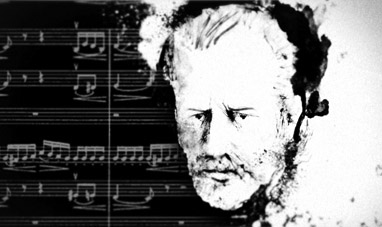

PYOTR ILLYCH TCHAIKOVSKY
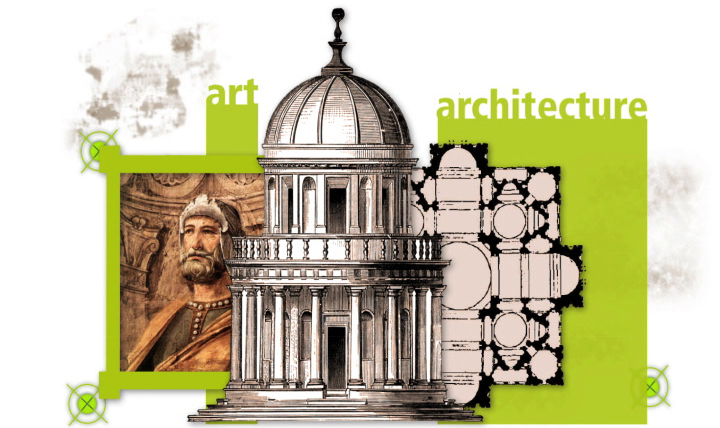

DONATO BRAMANTE
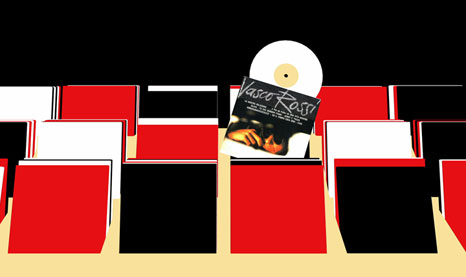

VASCO ROSSI
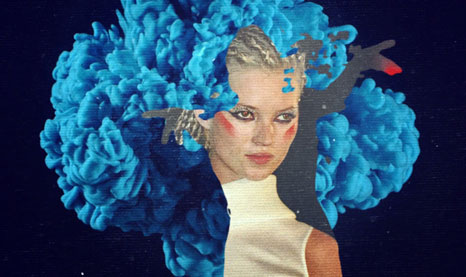

KATE MOSS
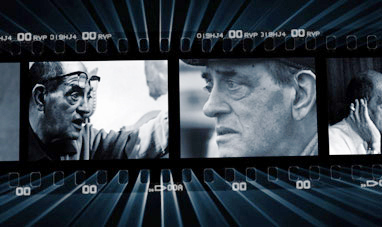

LUIS BUÑUEL


STANLEY KUBRICK
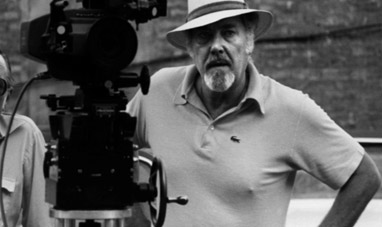

ROBERT ALTMAN


INGMAR BERGMAN


MICHELANGELO ANTONIONI
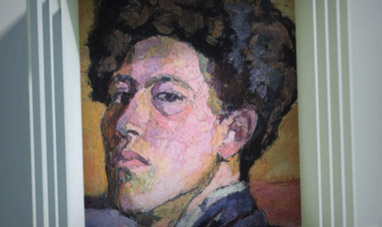

ALBERTO GIACOMETTI
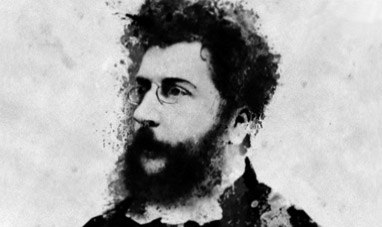

GEORGES BIZET
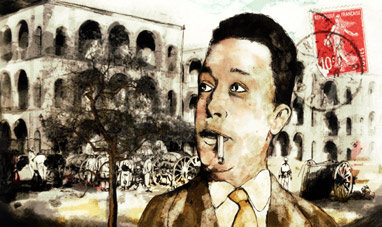

ALBERT CAMUS
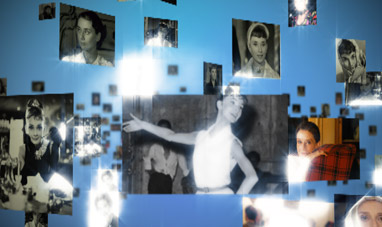

AUDREY HEPBURN
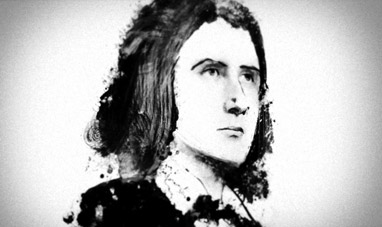

FRANZ LISZT
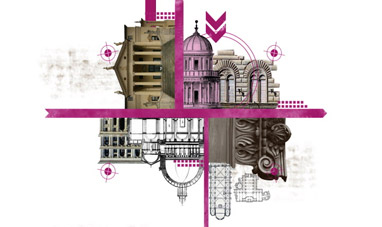

LEON BATTISTA ALBERTI
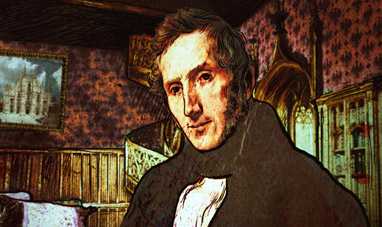

ALESSANDRO MANZONI


BRAD PITT
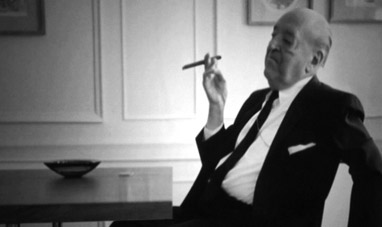

MIES VAN DER ROHE
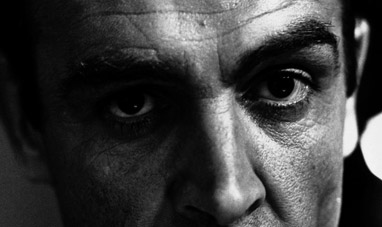

SEAN CONNERY
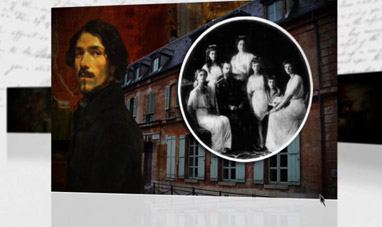

EUGÈNE DELACROIX
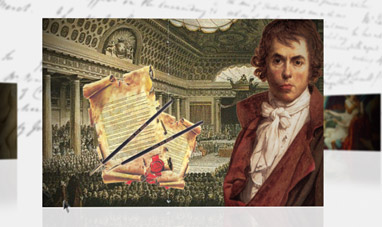

JACQUES LOUIS DAVID


BRUCE CHATWIN


RENZO PIANO
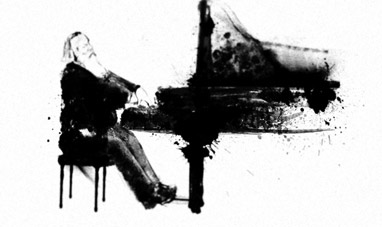

JOHANNES BRAHMS
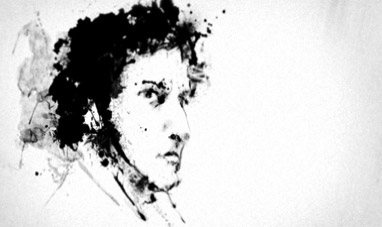

FRÉDÉRIC CHOPIN
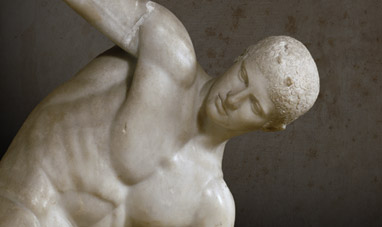

MYRON


FRANCIS SCOTT FITZGERALD
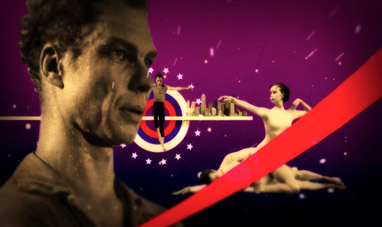

MERCE CUNNINGHAM
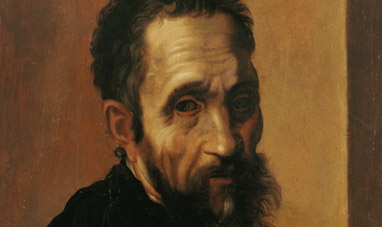

MICHELANGELO BUONARROTI
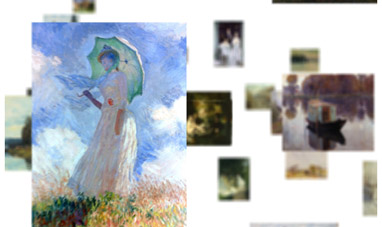

IMPRESSIONISM
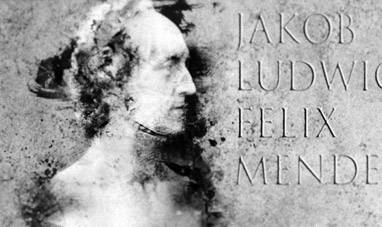

FELIX MENDELSSOHN


WOODY ALLEN


ANDREI TARKOVSKY
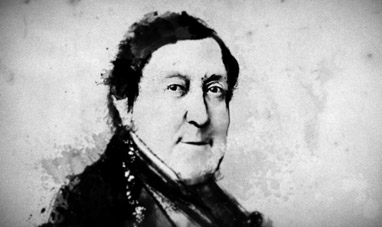

GIOACCHINO ROSSINI
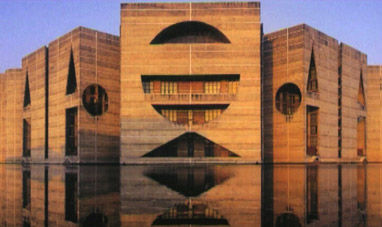

LOUIS KAHN


KARL FRIEDRICH SCHINKEL
